From Fan to Fanatic: How Anime Became a Global Obsession
Table of Contents
Introduction
Once an esoteric interest confined to Japan, anime has managed to become a global phenomenon that stirs millions worldwide-from casual viewers to hardcore fans. Understanding how anime moved from local entertainment to international cultural prowess might be able to explain some of the reasons for its universal appeal and the fire that it ignites in people’s hearts all around the world.
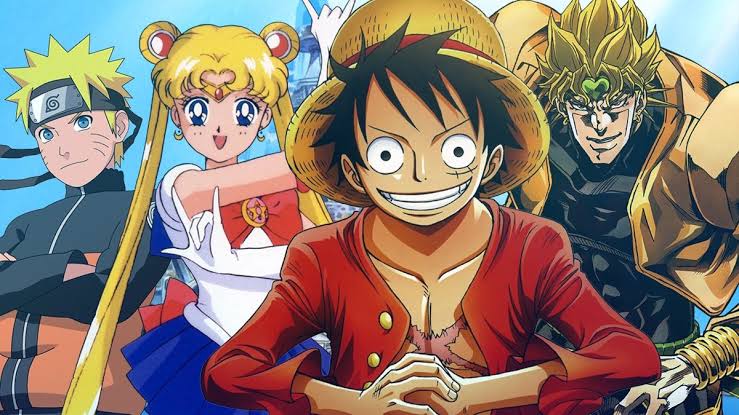
Origins of Anime
Anime originated in Japan in the early 20th century as pioneering animators started experimenting with new techniques. As such, the term “anime” traces its derivation from the English word “animation,” although in Japan, anime encompasses the full spectrum of animated media.
Early Beginnings in Japan
Born out of the first Japanese animated film, “Namakura Gatana,” in 1917, anime did not blossom until post-World War II. Osamu Tezuka’s “Astro Boy” from 1963 defined modern animation through character designs and an energetic storytelling style.
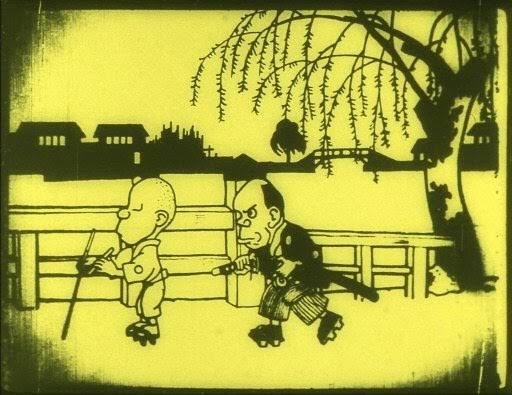
Pioneers Who Influenced
Osamu Tezuka, who is often referred to as the “God of Manga,” was an influential figure that defined the evolution of anime. Such concepts and control of the art of storytelling led the way for later on producers. Other founders, including Hayao Miyazaki and Isao Takahata who collaborated to establish Studio Ghibli, have further increased the popularity of anime with masterpieces like “My Neighbor Totoro” and “Grave of the Fireflies.”

Anime Gains Popularity in Japan
After WWII, the industrial sector in Japan began gaining significant pace, so too did the entertainment sector. This was the era when Anime became the hub of escapism and storytelling.

Post-WWII Era and Contemporary Anime
The genres for the 1960s and 1970s were all over the place for anime. From helping shape the industry for better or worse, it was “Speed Racer,” “Gatchaman,” and “Mobile Suit Gundam.”

Key Shows That Helped Shape the Industry
It was these series like “Dragon Ball” and “Sailor Moon” that really aired the cultural influence of anime in the 1980s and 1990s. Those shows gained popularity not only in Japan but also around the world, making its way towards globalization.
Expansion of Anime Beyond Japan
It all picked up in the late 20th century, as a growing interest in Japanese culture combined with globalization in media and TV networks.
Around the World on International Screens
Anime made its way to Western shores through syndicated television broadcasts and VHS tapes during the 1980s. Some of these titles include “Robotech” and “Voltron,” which were used to introduce the unique aesthetics and storytelling of anime to Western eyes.

Early Success Stories in the West
Consequently, “Akira” (1988) and “Ghost in the Shell” (1995) became the two hallmark movies that gained international attention. The acceptance of the films demonstrated that anime does not have to target only children as it can also include mature themes and really created a boom for international publicity.
Role of Technology in Globalization of Anime
Changes in access and delivery through the internet and streaming services have been the indicators of how much technology has advanced in pushing anime to spread globally.
Impact of the Internet and Social Media
The internet allowed anime enthusiasts to interact with each other, share content, and build communities around the world. Prior to streaming services, fan-subbed episodes and forums were used to promote anime culture.
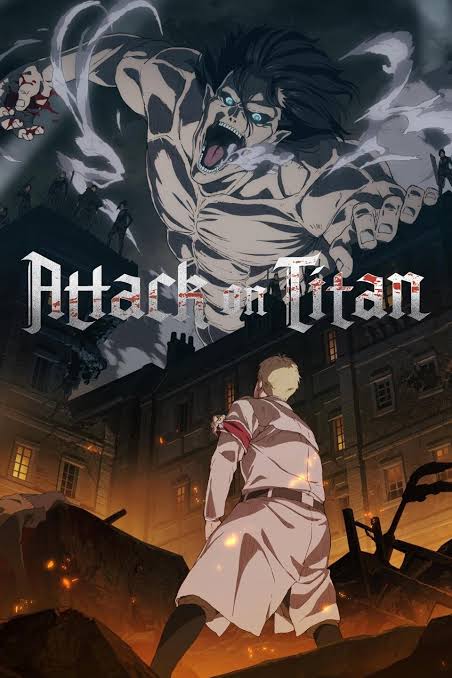
Streaming Services and Their Influence
Anime was never as easily accessed as it is today with Crunchyroll, Funimation, and Netflix. Simulcasts and vast libraries of dubbed and subbed content ensure anime access to the entire world. It becomes an integral part of global pop culture for this reason.
Cultural Exchange and Anime Fandom
Through anime, international cultures exchange knowledge of their traditions, modern life, and way of living.
How Anime Bridges Cultural Gaps
Many anime stories feature Japanese traditions, language, and manner of social life. They open up other cultures to the viewers. This cultural exchange leads to greater global mutual understanding and a respect for differences.
History of Anime Conventions and Fan Culture
Anime conventions such as Anime Expo and Comiket offer an outlet to fans to celebrate their passion. Such events showcase creativity and passion of the anime community, from cosplay to fan art and beyond.
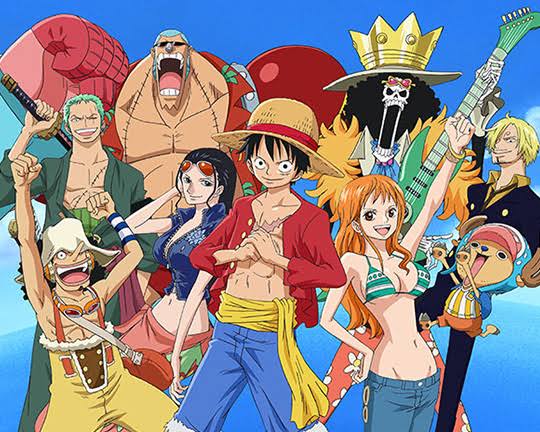
Genres and Themes
To take a good look at the strengths of anime, action-packed adventures and heartfelt dramas reflect a wide range of genres and themes.
Variation in Anime
There are genres such as shonen, for young boys, and shojo, for young girls, and seinen, targeting adult men, and josei, for adult women, to ascertain the diversity of anime in targeting diverse groups. Sub-genres such as mecha, isekai, and slice of life, among many others, amplify the level of variation.
How Universal Themes Engage Viewers Around the Globe
Love, friendship, perseverance, and the battle between good and evil are all universal themes. The way anime portrays these themes is very unique and connects people from all walks of life, making it truly a global medium.
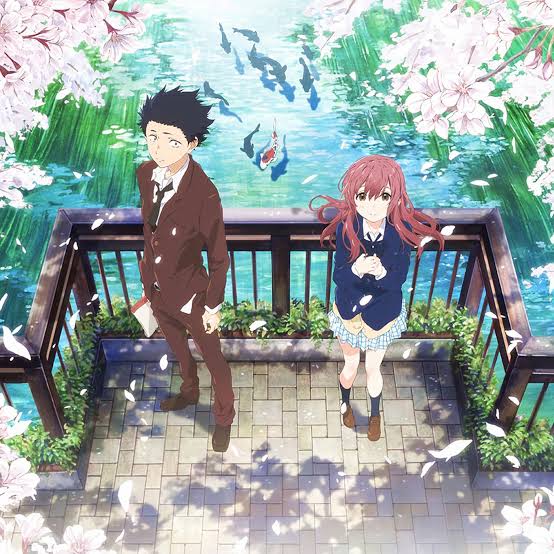
Iconic Anime Shows That Brought Anime into the Global Limelight
Some shows played an important role in propelling anime from a niche fascination into a global phenomenon.
Dragon Ball
Plot Summary:
“Dragon Ball” traces Goku’s journey from childhood to maturity as he trains in martial arts and searches for the seven Dragon Balls, which can make any wish come true when the seven balls come together.

Impact:
Action-packed episodes and memorable characters in this series have etched a mark on global pop culture. Countless other shows have drawn inspiration from it, and this is a gateway anime for many.
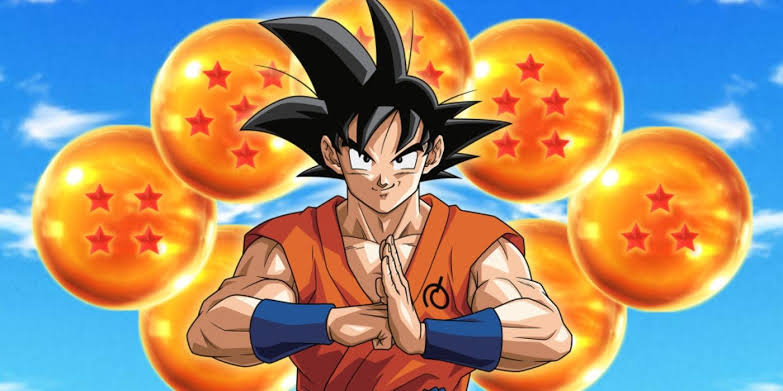
Sailor Moon
Plot Summary:
“Sailor Moon” is a story of the travels of schoolgirl Usagi Tsukino, transformed into the titular heroine to fight evil forces and save the Earth.
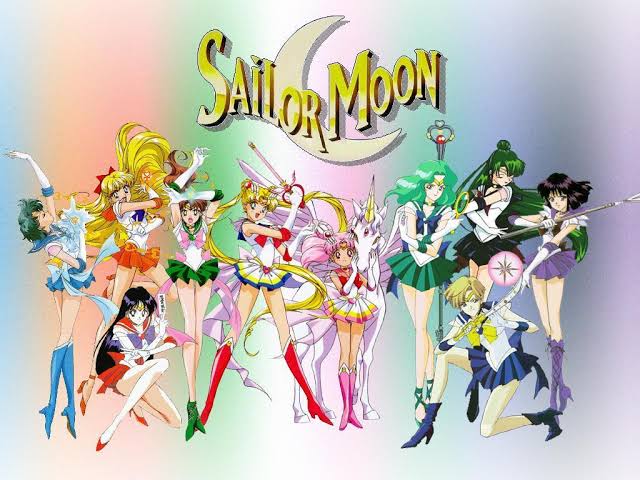
Impact:
“Sailor Moon” popularized the magical girl genre and empowered a whole generation of young viewers with friendship, courage, and love concepts.

Naruto
Plot Summary:
“Naruto” storyline traces the history of Naruto Uzumaki, a young ninja who dreams of becoming the great one in his village and winning their respect.

Impact:
“Naruto” captured its audience through detailed world-building, complex characters, and pursuit and acceptance themes. Its influence is evident in the sequel’s popularity, “Boruto.”
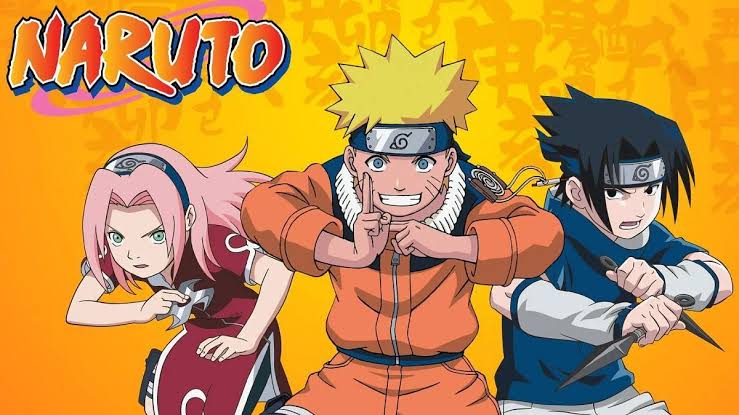
The Business of Anime
The anime industry is a multibillion-dollar industry, serving both the Japanese and the international markets with numerous billions of dollars in economic benefits.
Economic Impacts of the Anime Industry
The economic impacts of anime are not only television and film but merchandise, video games, and theme parks as well. Its prosperity creates support structures accompanying the publishing sectors up to tourism.
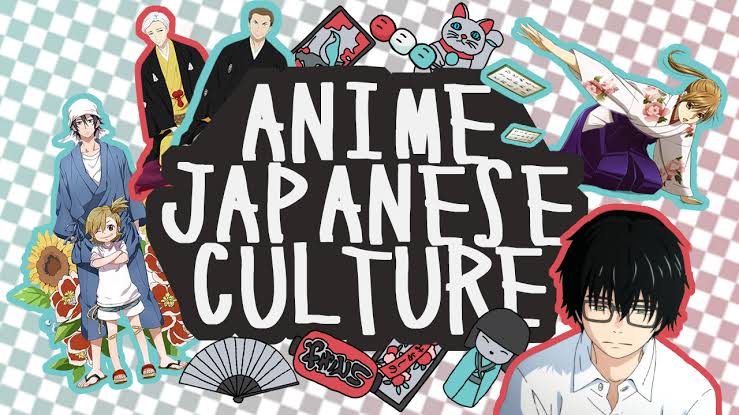
Merchandise, Licensing, and International Markets
It ranges from being figurines and clothing to video games and home decor items. Licensing deals and collaborations with international brands help extend anime’s reach and profitability.
Anime in Western Pop Culture
There is no doubt that anime inspires and affects many of the entertainment types within the Western media.
Anime’s Influence on Western Media
Many times, anime is a source of inspiration for the artistic vision and storytelling schemes that Westerners bring to their productions. This collaboration can be viewed in “Avatar: The Last Airbender” as well as in such movies as “The Matrix.”

Collaborations and Adaptations
The partnerships between the Japanese studios and Western companies have resulted in extremely popular collaborations, such as the Netflix adaptation of “Castlevania.” These dialogues further indicate the collaboration now visible in anime and Western entertainment.
The Future of Anime
Anime continues to evolve with new trends and technology assuring its bright future.
Emerging Trends and Technologies
Expansions in animation technology, such as CGI and virtual reality, open new possibilities in anime production. Global streaming services also ensure that anime will reach many more viewers in the future.

Potential Challenges and Opportunities
While the anime industry is characterized by a number of problems such as production schedules and workforce conditions, the scope for growth exists. International markets are expanding, and progress in technology is likely to further brighten the future of anime.
Conclusion
From its small beginning in Japan to global recognition as a cultural power for the anime, it bears testament to universal attraction and change. As it continues to evolve and inspire generations, anime remains an exciting feature in the global entertainment landscape, transcending culture, and spreading happiness to millions.
FAQs
What makes anime so attractive to people all over the world?
By itself, anime has inherent diversity about its genres, the compelling storytelling, and its unique style which does appeal to every age group and people from all walks of life.
How did streaming impact the anime community?
Research: Streaming services have made anime more accessible with simultaneous releases and by providing access to a larger library for viewers to watch.
Anime conventions matter because they celebrate fan culture
fill a person with a sense of belonging to something bigger than himself, and serve as opportunities for interacting with creators as well as like-minded individuals in ways that complement the typical anime-viewing experience.
How does anime influence other media?
It influences cross-cultural creativity, too, in forms such as Western animation, film, and video games, for its unique art style and narrative techniques have inspired other forms of entertainment.
It appears that the anime industry holds promising future prospects.
As the demand for other industries increases all over the globe, along with increased technological advancement and international markets growth, the industry itself will look to continue growing and innovating.




